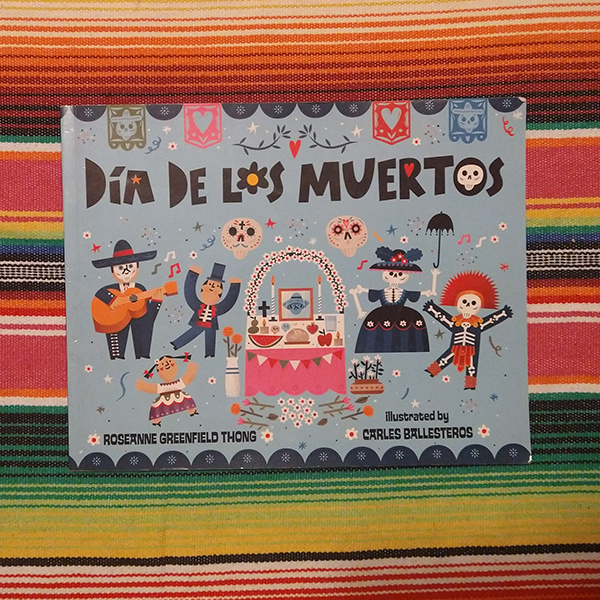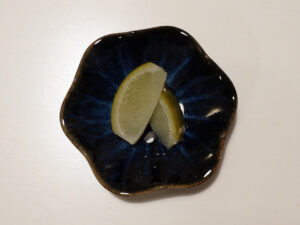Passing on family traditions is one of the best parts about being a parent. My family celebrated El Día de los Muertos, a tradition I loved as part of growing up in Los Angeles.
Día de los Muertos by Roseanne Greenfield Thong with illustrations by Carles Ballesteros is a much beloved book at my house. My kids often ask to read it even when it’s not near the holiday. But every year on this holiday we read it together before lighting candles and adding personal items to our ofrenda familiar. We tell stories about family members who came before us, keeping their stories and memories alive.

We also eat Pan de Muertos, which is a delicious sweet bread flavored with aniseed and orange. Here’s my recipe. Now, this is just the way I was taught to make it when I was a teenager. I know there are a lot of variations. If your family makes it differently, please share your recipe! And if your Abuelita says that my recipe is wrong . . . she is right. Abuelita is always right. I am wrong. ABUELITA IS RIGHT.
Pan de Muertos
1/2 to 1 tablespoon aniseed
1/4 cup butter
1 teaspoon yeast
3/4 cup milk
1/4 cup sugar
zest from two oranges
1/4 cup orange juice
1/4 teaspoon salt
2 eggs
3.5 to 4 cups white flour
Earlier in the day, melt the butter and add the aniseed. Allow it to soak so the aniseed softens and the flavors begin to come out. Combine the sugar, milk, and yeast and set the mixture aside so the yeast can activate.
Into a mixing bowl, grate the zest of two oranges. Add 1/4 cup of fresh orange juice. Mix in the butter and aniseed, then stir in the yeast. Add 1/4 teaspoon salt and two eggs. Mix thoroughly.
Add 3 to 3 1/2 cups flour. Turn out and knead in more flour until you have a smooth, stretchy dough. Cover and let rise until double.
Cut the dough into four equal portions. Set one aside. Shape the remaining portions into 12 buns (or divide into more if you prefer smaller size buns). Use the remaining portion of dough to shape “bones” by rolling the dough into long, thin strips that are cut to size. If you like, you can also shape a “skull” to go above them.
Bake at 350F/180C for about 15 minutes or until they are golden brown. Brush the tops with a mixture of melted salted butter and a chunky sugar like turbinado or demerarra. (These are also nice brushed with a mixture of orange juice and sugar – do what you like!)
Serve warm while telling stories about loved ones.


